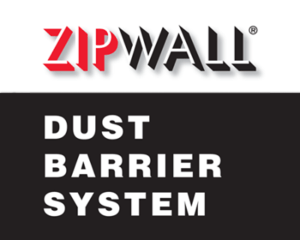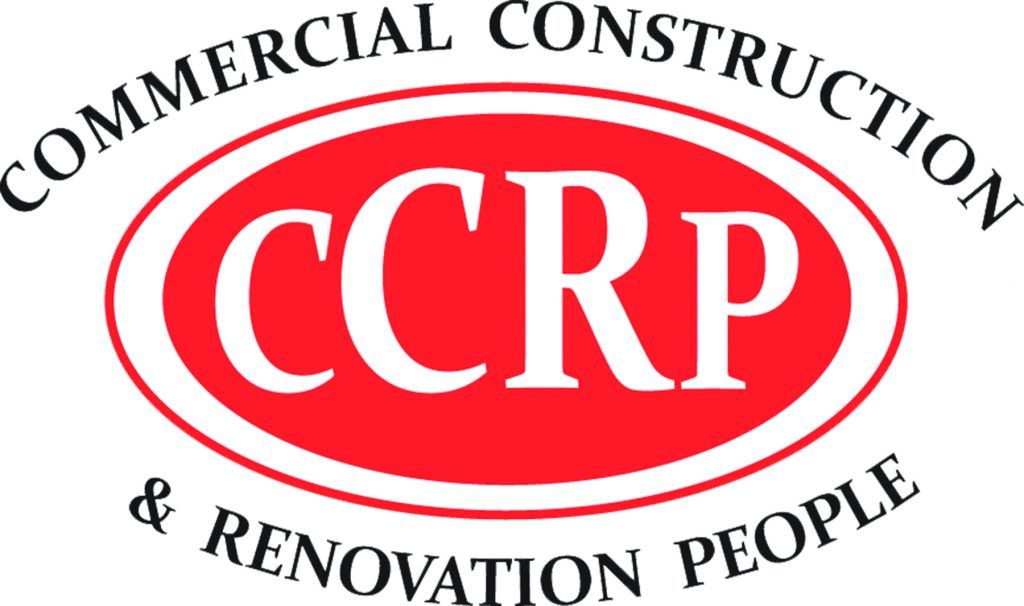Let’s be real: construction isn’t exactly known for being smooth and efficient. Deadlines slip. Budgets stretch. And communication? Often a game of telephone gone wrong. But it doesn’t have to be that way.
There are simple, practical ways to get more done on-site without burning out your team or breaking the bank. These aren’t magic bullets—they’re grounded in real-world experience and proven to save time, money, and frustration.
Here are 10 construction efficiency hacks that actually work.
1. Standardize Your Workflows
You know what slows teams down? Reinventing the wheel every. single. time.
When you use consistent processes—checklists, templates, step-by-step guides—you eliminate guesswork. Everyone knows what to do, when to do it, and how. This cuts down on errors, makes training easier, and helps projects move faster from the jump.
It might feel a little rigid at first, but trust us: structure is your friend.
2. Use Real-Time Communication Tools
Text chains and emails aren’t going to cut it when things move fast. That drywall delay? That missing delivery? You need to know now, not at 6 p.m.
Apps like Slack or Microsoft Teams (or construction-specific platforms like Procore) keep everyone in the loop without playing catch-up. Real-time updates mean fewer misunderstandings and way less standing around waiting for answers.
3. Plan Your Week Before It Starts
Monday morning shouldn’t feel like a mad scramble. Take an hour before the week kicks off to map things out. What needs to be done? Who needs to be where? What materials are arriving?
Getting ahead of the chaos gives you a chance to spot conflicts early—like double-booked crews or missed inspections—and fix them before they become full-blown problems.
4. Train Before Trouble Hits
Let’s be honest: most crews get the “here’s your gear, good luck” treatment. That works until someone misreads a plan and pours concrete in the wrong place.
Ongoing training—quick refreshers, safety reminders, new tool demos—keeps your team sharp. It might take a few extra hours upfront, but it saves countless hours (and headaches) down the line.
5. Go Prefab (When It Makes Sense)
You don’t have to stick-build everything onsite. Pre-fabricated components can cut days or even weeks off your timeline. Think wall panels, piping sections, even entire bathrooms.
Less onsite work means fewer weather delays and less risk of things going sideways. It’s not always the right fit, but when it is, prefab can be a serious game-changer.
6. Cut the Clutter
Ever lost 20 minutes looking for a tool you just had? Yeah, same.
A messy site kills momentum. Set up designated areas for tools, materials, and waste. Label things. Put up signs. Make it so anyone walking onto the job can find what they need fast.
You’d be amazed how much smoother things run when you’re not digging through piles of junk.
7. Automate Your Scheduling
If your project schedule lives in a spreadsheet that only one person updates, it’s already out of date.
Modern project management tools let everyone see timelines, updates, and changes as they happen. That means no surprises when a task slips—and a better shot at fixing it fast.
Some platforms, like STACK construction software, help streamline scheduling, estimating, and collaboration all in one place. While tools like this aren’t a silver bullet, they can remove a lot of friction from your workflow and give teams more time to focus on the build itself.
8. Run Short, Daily Standups
Long meetings are the enemy of progress. But quick 10-minute standups? Total game changer.
Get your crew together at the start of each day. Go over what got done yesterday, what’s on tap today, and anything blocking progress. Keep it tight, keep it focused.
It keeps everyone aligned and gives you a pulse on how the job is going right now.
9. Track Performance Like a Pro
You can’t improve what you don’t measure. Start tracking key performance indicators (KPIs) like crew utilization, task completion rates, or material usage.
Even simple tracking—just jotting down daily productivity—can reveal patterns and inefficiencies. Over time, you’ll spot where delays happen, what teams crush it, and where to make adjustments.
Think of it like tuning an engine. Small tweaks lead to big performance gains.
10. Empower Foremen to Make the Call
When every decision has to run through the PM, things bottleneck. And fast.
Give your foremen (or lead hands) clear guidelines and the freedom to make day-to-day calls on site. Not the big stuff—just the little ones that keep the wheels turning.
When your crew doesn’t have to wait for the green light on every change, the job keeps moving.
Wrap-Up: Small Tweaks, Big Wins
Efficiency isn’t about working faster until you drop. It’s about working smarter so the whole team can breathe a little easier.
Start with two or three of these hacks and see how things change. Standardize a process. Run a standup. Try a better scheduling tool. You don’t need to overhaul your whole operation overnight.
But if you keep stacking up small improvements? Pretty soon, you’ll wonder how you ever did it the old way.
Got an efficiency trick that’s worked wonders on your site? We’d love to hear it. Drop it in the comments or share it with your crew. Let’s build smarter—together.





























